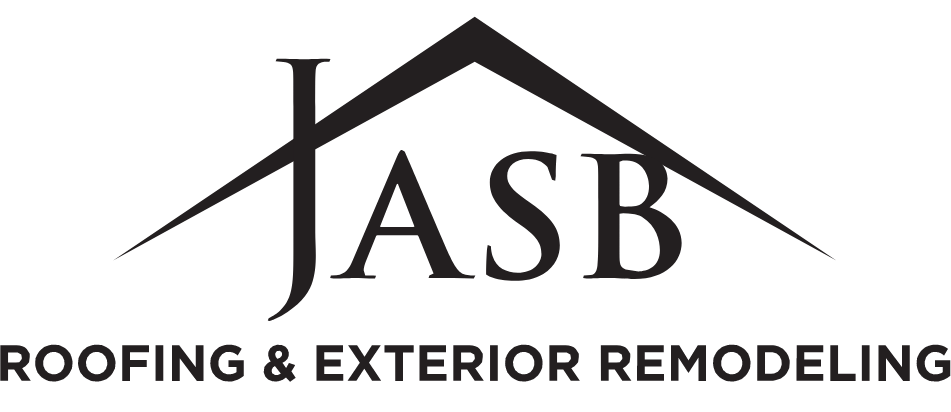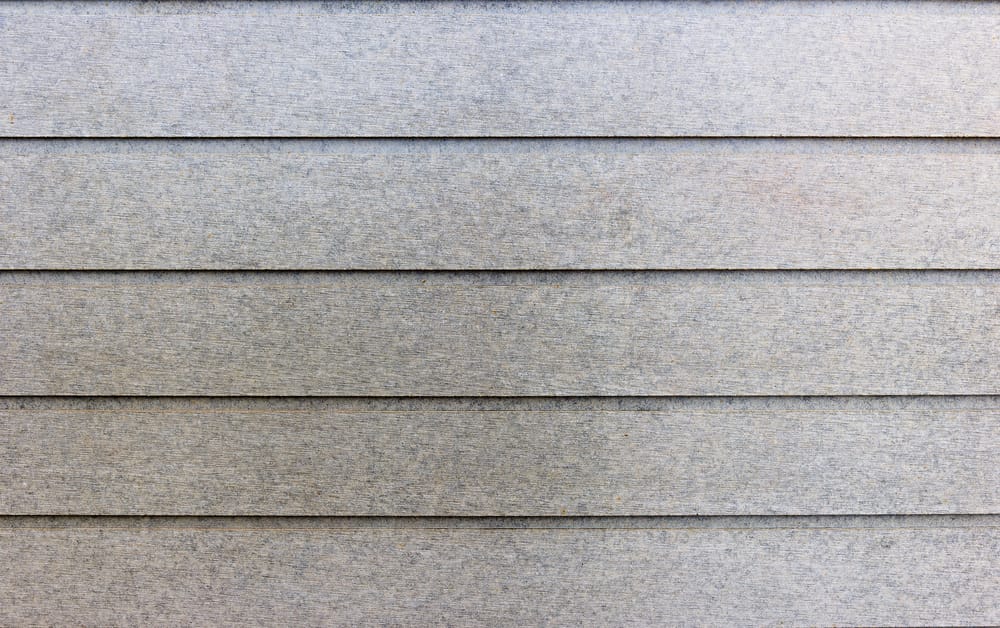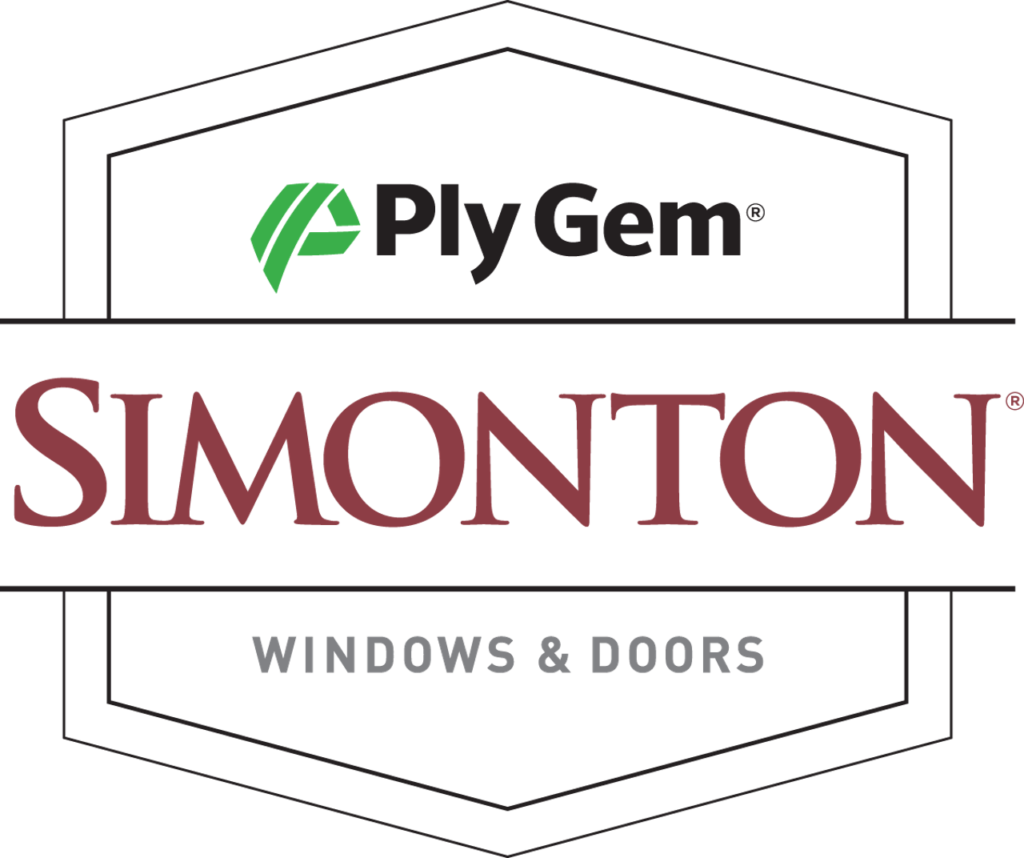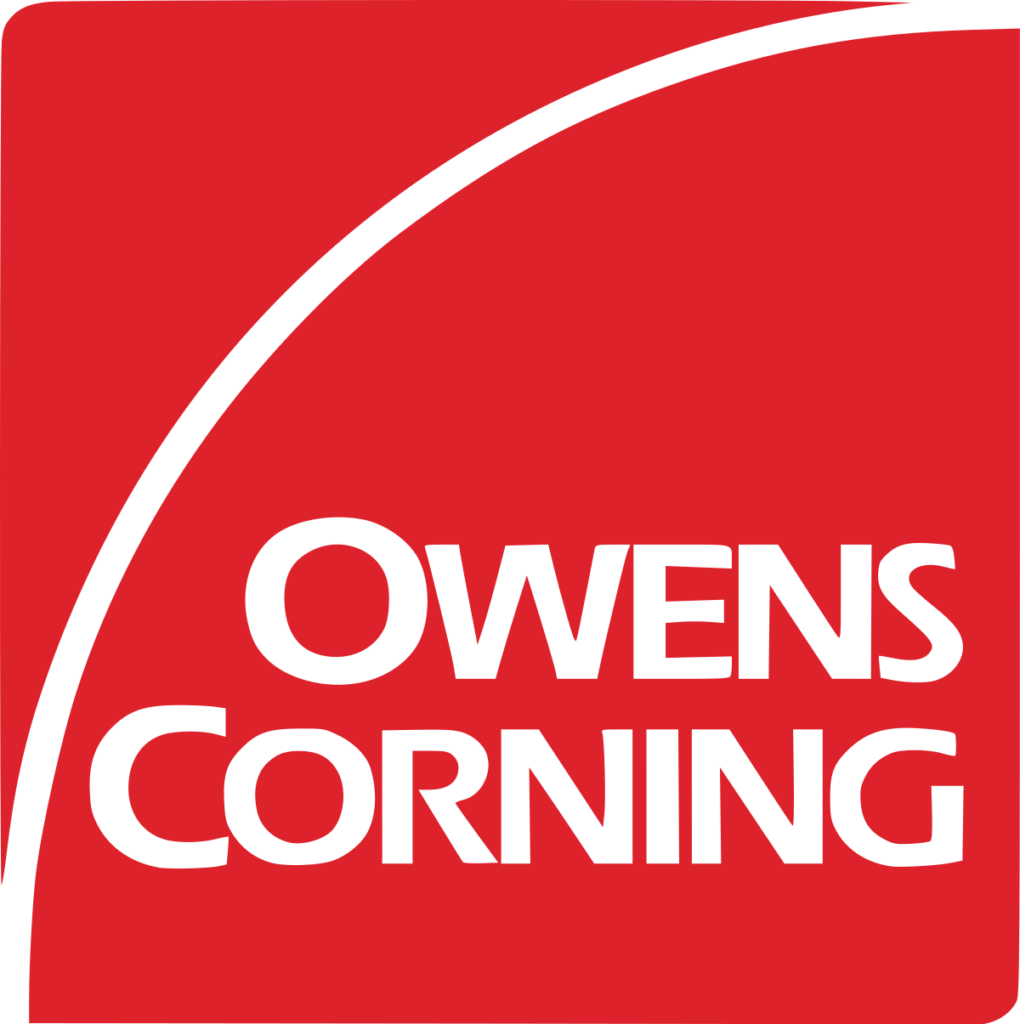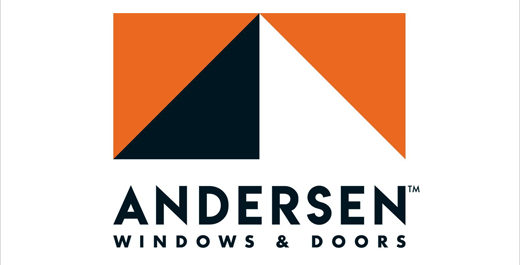Choosing new siding for your home is a pretty big deal, isn’t it? You’re looking at options, and two big names probably keep popping up: vinyl siding and fiber cement siding. It’s a common question homeowners ask when they want to give their house a fresh look or better protection. You want something that looks great, lasts long, and fits your budget. This decision impacts your home’s curb appeal and its defense against the weather for years to come. You’ll learn a lot about vinyl vs fiber cement siding here, so you can make a choice you feel good about.
What Exactly is Vinyl Siding?
So, what’s the story with vinyl siding? You’ve likely seen it on many homes. It’s a plastic exterior siding made from polyvinyl chloride (PVC) resin. Think of it as a durable, versatile plastic sheet formed into panels. It first became popular in the late 1950s as an alternative to aluminum siding.
Its main draw has always been its low cost and minimal upkeep. Vinyl doesn’t need painting because the color is part of the material itself. This means you won’t be scraping and repainting every few years. Many homeowners find this very appealing.
It comes in many colors and styles. You can find panels that look like traditional wood lap siding, shakes, or even vertical boards. But, it’s still plastic, and sometimes that’s apparent up close.
And What About Fiber Cement Siding?
Now, let’s talk about fiber cement siding. This material is quite different from vinyl. It’s a composite material made from cement, sand, and cellulose fibers (which is basically wood pulp).
Fiber cement is known for its strength and durability. Because it contains cement, it’s very tough and can mimic the look of wood, stucco, or masonry. This gives it a more premium appearance than vinyl for many homes. It’s thicker and heavier than vinyl siding.
This type of siding can be painted, giving you endless color options. It holds paint very well, often lasting much longer than paint on wood. It’s a strong contender if you’re looking for a long-lasting, attractive exterior.
Head-to-Head: A Look at Vinyl vs Fiber Cement Siding
Alright, let’s put these two popular siding options side by side. Understanding the key differences will help you see which one might be the best fit for your home improvement project. It’s all about what matters most to you.
The Big Question: Cost
Let’s talk money first, because for many of us, this is a huge factor. When you compare vinyl and fiber cement, vinyl siding is generally less expensive upfront. The material itself costs less per square foot. Installation costs for vinyl are also typically lower. This is because vinyl is lightweight and easier for contractors to handle and cut. So, if your main focus is initial savings, vinyl often wins this round.
Fiber cement siding usually has a higher initial cost. The material itself is pricier. It’s also heavier, which can mean higher shipping fees. Installation is more labor-intensive. It often needs special tools for cutting and more crew members to install, increasing labor costs. So, you’re looking at a bigger investment to start with fiber cement. But, as you’ll see, sometimes a higher initial cost can mean better long-term value.
Keeping it Looking Good: Maintenance
No one loves a ton of home maintenance, right? For vinyl siding, the maintenance is pretty low. A good wash with soap and water once a year usually does the trick to remove dirt and grime. Because the color is part of the material, you don’t have to paint it. Over many, many years, some fading can occur, especially with darker colors exposed to strong sun. Some premium vinyl’s offer better fade resistance. But generally, you set it and forget it for a long time regarding painting.
Fiber cement siding needs a bit more attention, though not as much as wood. It will need repainting eventually. How often depends on your climate and the quality of paint used, but think every 10 to 15 years. Good quality paint makes a difference. Like vinyl, it also needs occasional cleaning to keep it looking its best. Some fiber cement comes with factory-applied paint finishes that have long warranties, which can reduce this worry for many years.
When Things Go Wrong: Repairs
Damage can happen to any siding. Whether it’s from a stray baseball, a bad hailstorm, or an accident. If a vinyl siding panel gets cracked or punctured, it’s usually straightforward to replace just that panel. A contractor can unsnap the damaged piece and put in a new one. The challenge can be color matching. If your siding has faded over time, a new panel might stick out. Sometimes, you can take a panel from a less visible part of the house to make the repair less obvious.
Repairing fiber cement is a different story. It’s very tough, so it takes a lot to damage it. But if a plank does get cracked or broken, fixing it is more involved. The planks are heavy. You might need to remove the plank above the damaged one carefully to get the broken one out. This usually needs at least two people and care not to damage surrounding planks. It’s not as simple as popping a new piece in.
Built to Last: Durability and Lifespan
You want your siding to last for a long, long time. Fiber cement really shines in durability. It’s resistant to many common siding enemies: hail, wind, insects, and rot. It doesn’t warp from heat or become brittle in extreme cold like vinyl sometimes can. Its thickness and composition make it stand up well to impacts. Most fiber cement products come with warranties of 30 years or even 50 years for the material itself. This stuff is built tough.
Vinyl siding is also durable, but it has more vulnerabilities. Extreme temperatures can affect it. In very cold weather, vinyl can become brittle and more prone to cracking if hit. In extreme heat, particularly dark-colored vinyl, it can sometimes warp or buckle if not installed correctly with room for expansion. Cheaper, thinner vinyl panels are more susceptible to damage from hail or impacts. A typical lifespan for vinyl siding is around 20 to 40 years, depending on the quality and climate. Thicker, premium vinyl will generally last longer and perform better than builder-grade options.
Safety First: Fire Resistance
Fire safety is a critical concern for any home. Here, fiber cement has a clear advantage. It’s non-combustible. That means it will not ignite or burn when exposed to direct flame or extreme heat. Many fiber cement products have a Class A fire rating, which is the highest rating for building materials. This can offer significant protection and peace of mind, especially in areas prone to wildfires.
Vinyl siding, on the other hand, is made from plastic (PVC). It is combustible. While it may have fire retardants added to slow down the spread of flames, it will eventually melt and burn if the fire is hot enough. When it burns, it can also release harmful fumes. This is an important consideration for overall home safety.
Curb Appeal: Appearance and Styles
How your siding looks contributes a lot to your home’s curb appeal. Fiber cement often gets high marks for appearance. It can be manufactured to very closely mimic the look of natural wood grain, smooth modern panels, or even stucco. Because it’s thicker than vinyl, the shadow lines it creates are deeper, giving a more substantial, upscale look. It can be painted any color you choose, allowing for complete customization. Many architects and designers prefer it for high-end homes due to its authentic appearance.
Vinyl siding offers a lot of variety too. It comes in a wide array of colors and styles, including traditional lap, vertical panels, Dutch lap, shakes, and shingles. It can also have embossed wood grain patterns. However, because it is a thinner material, it may not always achieve the same rich, deep look as fiber cement. To some eyes, especially up close, it can sometimes look like plastic, particularly on lower-quality grades. However, premium vinyl products have come a long way in improving their appearance.
Adding Your Personal Touch: Color Choices
The color of your siding is a big part of its personality. With vinyl siding, the color is part of the material itself. This is called “through-color.” This is great because it means scratches don’t easily show a different color underneath. Vinyl manufacturers offer a huge spectrum of colors, with hundreds of options available from different brands. The limitation is that once you choose a color, that’s pretty much it; painting vinyl is possible but tricky and not always recommended by manufacturers.
Fiber cement offers more flexibility with color over its lifetime. It can come primed and ready for paint, meaning you can choose absolutely any color from your favorite paint brand. It can also come pre-finished from the factory with a baked-on color. Even if you choose a pre-finished color, you can always repaint fiber cement down the road if you want a change.
Keeping Warm (or Cool): Energy Efficiency
Siding can play a small role in your home’s overall energy efficiency. Neither vinyl nor fiber cement siding by itself provides a lot of insulation. Their primary job is to protect your home from the elements. However, how they are installed and what’s behind them makes a difference. Both siding types are usually installed over a house wrap and sheathing. Adding insulation under the siding is key for energy savings.
There is an option called insulated vinyl siding. This product has a layer of rigid foam insulation fused to the back of each panel. This can increase the R-value (a measure of thermal resistance) of your walls. Fiber cement itself doesn’t have a high R-value, but its installation method allows for robust continuous insulation to be installed on the sheathing behind it. Proper home insulation is crucial regardless of siding type.
Getting it On The Wall: Installation
The installation process differs quite a bit between vinyl and fiber cement. Vinyl siding is lightweight and relatively easy to cut and handle. This makes installation faster and less labor-intensive. Many DIYers attempt vinyl siding installation. However, proper installation is important. Vinyl needs to be hung correctly to allow for expansion and contraction with temperature changes. If nailed too tightly, it can buckle or warp.
Fiber cement installation is more complex and usually best left to professionals. The material is heavy; a single plank can be cumbersome for one person. It requires specialized cutting tools, often diamond-tipped blades, because it’s so dense. Cutting fiber cement also produces silica dust, which can be harmful if inhaled, so installers need to use proper safety equipment and dust collection methods. These factors contribute to higher installation costs for fiber cement.
Protecting Your Home: Pest and Moisture Resistance
Your siding is your home’s first line of defense against unwanted critters and moisture. Fiber cement is excellent at resisting pests. Termites, carpenter ants, and woodpeckers don’t find it appealing because it’s not wood. It’s also highly resistant to rot and moisture damage because of its cement-based composition. When installed correctly with proper flashing and weather barriers, it provides outstanding protection.
Vinyl siding is also generally resistant to pests like termites; they can’t eat it. However, insects can sometimes find their way behind vinyl panels if there are gaps or openings, nesting in the space between the siding and the house wrap. Vinyl itself doesn’t rot, which is a big plus. Proper installation is important to prevent water from getting trapped behind it, which could lead to moisture issues in the wall structure itself, not necessarily the siding.
The Sound Barrier: Noise Reduction
Want a quieter home? The siding you choose can make a small difference. Fiber cement, due to its density and thickness, generally offers better sound insulation than standard vinyl siding. It can help reduce the transmission of outside noises, like traffic or loud neighbors, into your home. This can contribute to a more peaceful indoor environment. This effect is amplified if you also have good insulation in your walls.
Standard, non-insulated vinyl siding provides less sound dampening. Being a thinner, lighter material, more sound can pass through it. However, insulated vinyl siding, with its foam backing, can offer improved noise reduction compared to basic vinyl. It helps to absorb some sound waves. So, if noise is a big concern, consider the thicker options in either material family.
Thinking Green: Environmental Considerations
Many homeowners today are thinking about the environmental impact of their choices. For vinyl siding, the primary ingredient is PVC (polyvinyl chloride). The production of PVC can involve processes that are concerning for the environment. While vinyl siding is durable and can last a long time, thus reducing replacement frequency, its recyclability can be limited and not widely available. However, some manufacturers are working on improving sustainability.
Fiber cement is made from fairly common materials: cement (limestone, clay), sand, and cellulose fibers (often from wood pulp, sometimes sustainably sourced). Some fiber cement products contain recycled content. Its long lifespan also means less frequent replacement and less material going to landfills. The main environmental concern during its life cycle is the silica dust produced during cutting and installation, which needs careful management. Manufacturing cement is also energy-intensive, which is a factor for greenhouse gas emissions from industrial processes.
Which Siding is Right for Your Home?
So, after looking at all these factors, how do you choose? There isn’t a single “best” siding for everyone. It truly depends on your priorities, your budget, and the specific needs of your home and climate. Think about what’s most important to you.
If upfront cost and very low maintenance (especially no painting) are your top concerns, vinyl siding is a strong contender. It offers a good balance of looks and performance for its price. It’s a practical choice for many homeowners.
If durability, a premium look that closely mimics wood, excellent fire resistance, and long-term value are higher on your list (and your budget allows), then fiber cement siding is likely the better investment. It stands up incredibly well to harsh conditions. It often leads to a higher resale value for your home because of its perceived quality.
Conclusion
Choosing between vinyl vs fiber cement siding involves weighing these pros and cons carefully. Vinyl offers affordability and minimal maintenance. Fiber cement provides exceptional durability and a high-end look. Consider your budget, your climate, how long you plan to stay in your home, and the aesthetic you want. Both can be great options when installed correctly and chosen for the right reasons. Hopefully, this breakdown gives you a clearer picture to make the best choice for your home. Talking with a trusted local contractor can also give you valuable insights tailored to your specific situation.
